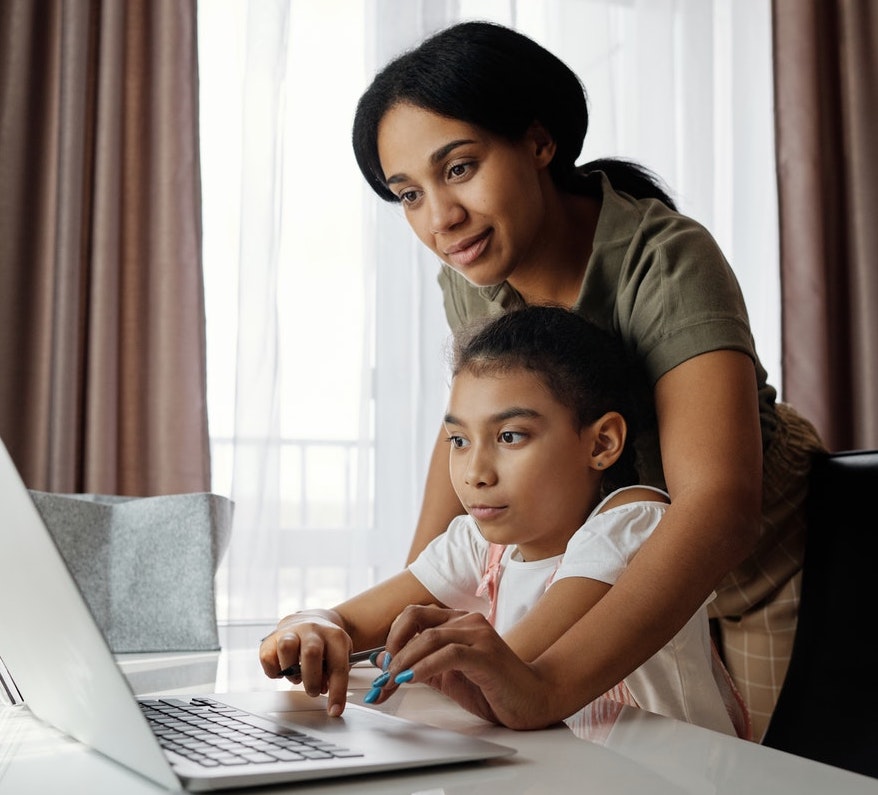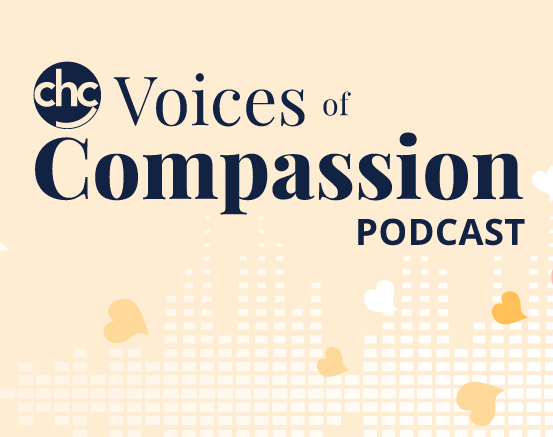How Mindfulness During Class Can Help Students and Teachers
 Mindfulness, an umbrella term for a range of practices, is about observing your emotions and state of mind, without judgment. This can be done during sitting meditation, walking meditation, activities such as yoga and even while eating.
Mindfulness, an umbrella term for a range of practices, is about observing your emotions and state of mind, without judgment. This can be done during sitting meditation, walking meditation, activities such as yoga and even while eating.
Though few public schools have the budget to hire a full-time mindfulness teacher, many have been introducing mindfulness in the classroom since the coronavirus pandemic shuttered buildings and thrust children into their at times stressful and chaotic home environments. Some teachers are integrating discussions about emotions into daily lessons or starting class with a short mindfulness practice to help everyone feel centered and prepared to learn, while others are sharing mindfulness apps and using online mindfulness videos.
The depression rate for K-12 students was already on the rise before the coronavirus pandemic brought increased financial stress, sickness and death into the lives of thousands of American families.
Mindfulness school programs have been shown to improve young people’s emotional well-being, academic performance and relationships. In one study in Chicago of almost 200 elementary public school students, listening to 10 minutes of audio-recorded mindfulness daily for eight weeks improved students’ grades in reading and science. In a survey of sixth grade Boston charter school students by researchers at MIT, the students self-reported less stress and fewer feelings of sadness and anger after eight weeks of in-person guided mindfulness. The MIT researchers also found that students’ brain imaging showed less reactivity to negative images, compared to before they started the mindfulness program. (More brain reactivity to negative events and images is associated with increased risk for depression.) In a review of 61 studies, researchers found that mindfulness in schools resulted in improved cognitive and social-emotional functioning.
But experts also caution that the science supporting mindfulness in the classroom is not yet conclusive, largely because the wide variety in how it’s taught can make it difficult to track its effectiveness. Mindfulness programs can vary widely from school to school — from audio recordings of meditation instruction played a few minutes each day, to entire classes for mindfulness and anything in between. “There’s a lot of ambiguity about which specific programs work, and who they work for,” said Michael Mrazek, director of research at the Center for Mindfulness and Human Potential at the University of California, Santa Barbara.
A trauma-informed approach is just one of the best practices that’s recommended for educators teaching mindfulness in the classroom. Mindfulness could be a valuable tool for schools as they try to help students navigate the traumatic effects of the Covid-19 crisis. But what works in the classroom doesn’t always translate to online.
Megan Sweet is the senior director of program and impact at Mindful Schools, has heard the same concerns from many teachers she works with. “A lot of those nonverbal cues that educators rely on to get a sense of how students are doing, and informal conversations, those aren’t happening.” To better adapt mindfulness instruction for online, the group is working with educators to improve their online support and presentation styles and developing creative ways to check in with students, like asking students to use weather words such as sunny and cloudy to describe how they’re feeling and encouraging different ways of sharing, like using the chat box or giving a thumbs up.
But the main strategy is to help educators feel calmer, which helps students feel calmer.
Excerpted from “How Mindfulness During Class Can Help Students and Teachers” in KQED’s MindShift. Read the full article for more details.
Source: MindShift | How Mindfulness During Class Can Help Students and Teachers, https://www.kqed.org/mindshift/57002/how-mindfulness-during-class-can-help-students-and-teachers | copyright © 2020 KQED INC
CHC offers free community education sessions for educators. Join us to learn practical teaching strategies you can use in your classroom to help more kids reach their promise and potential. Educator sessions are led by experienced educator/clinician teams from Sand Hill School and CHC.




